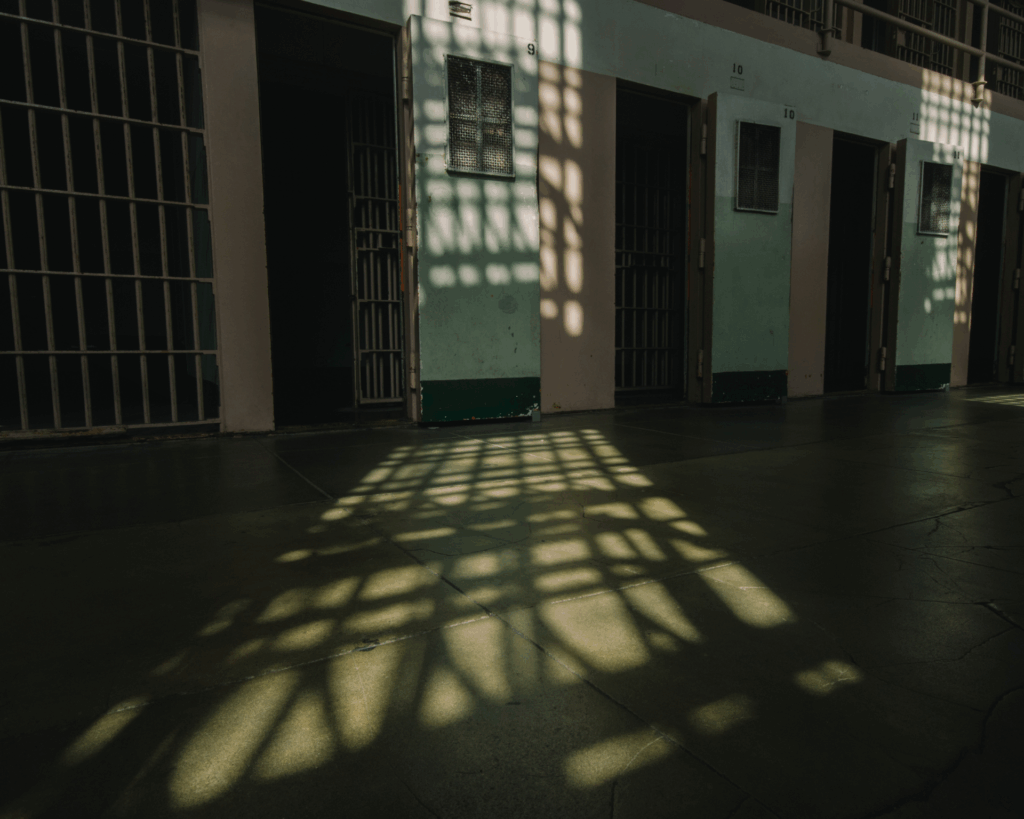Student Debt Blues
Education is a predictor of health, but the financial structure currently in place for student loans is neither cost-effective nor economically sustainable.

Read Time: 4 minutes
Published:
In 2019, total student loan debt in the US reached the highest it’s ever been–nearly $1.6 trillion–and it’s getting worse. Some estimate that by 2021 American students will owe $2 trillion. Extensive research demonstrates education as a strong predictor of health, associated with greater earning potential, job security, housing and food security; children whose parents are well-educated are more likely to experience the same benefits. Still, student loan debt accumulated at a young age takes a toll on borrowers well into their adult lives. The complexity of the student debt crisis makes it difficult to address, and there is wide disagreement about potential solutions.
In November 2018, Student Debt Crisis, a non-profit organization dedicated to reforming student debt and higher education loan policies, conducted a survey assessing the impact of student loan debt on borrowers. Among the most telling statistics is that 65% of student loan borrowers report having less than $1,000 in the bank. Across all respondents, the average student loan debt was $87,500, while the average annual income was around $60,000.
The survey reported that a significant number of student loan companies have been fined for illegal practices, sometimes unbeknownst to borrowers. The Federal Trade Commission (FTC) regularly takes action against financial services companies that charge borrowers illegal upfront fees which they falsely promise will lower or eliminate student loan payments or balances. “Only scammers promise fast loan forgiveness,” the FTC website warns.
To help students avoid being taken in by such fraudulent schemes, the FTC provides educational materials to help students understand their loan repayment obligations. Some schools require student borrowers to complete entrance and exit counseling associated with their public or private student loans, but it’s unclear how effective these programs are given the number of students who continue to default on their loans (10.8% between 2014-2017).
Some suggest students themselves may be the solution. If enough students across the country delay enrollment for a year or two, they could pressure higher education institutions to cut costs. When deprived of student tuition and fee revenues, institutions would have no choice but to rethink costly programs, cut redundant administrative fees, and ultimately reduce spending.
The student debt crisis has far-reaching implications beyond individual borrowers. It is a threat to our nation’s economy. Borrowers faced with large monthly payments are likely to delay big purchases and are less likely to spend residual income on vacation or luxury items. Fifty-six percent of the borrowers surveyed said student loan debt prevented them from buying a home and 42% said debt prevented a car purchase.
Student loan debt also hindered 80% of survey respondents saving for retirement. Eighty-six percent identified their student loan debt as a major source of stress and 39% said it prevented them from achieving career goals.
Some suggest students themselves may be the solution. If enough students across the country delay enrollment for a year or two, they could pressure higher education institutions to cut costs. When deprived of student tuition and fee revenues, institutions would have no choice but to rethink costly programs, cut redundant administrative fees, and ultimately reduce spending.
Reform efforts up to this point, including a student loan forgiveness program Congress created in 2007, have largely failed. And many Democratic candidates have made addressing the student debt crisis a central campaign promise. But the history, size, and complexity of the student debt crisis is hard to reckon with.
Deeply entrenched institutions–universities, government agencies, and private lending institutions–are slow to reform a lucrative system that serves them. Apart from meeting the immediate cash needs of students and universities, the elaborate financial structure currently in place is neither cost-effective nor economically sustainable. Until meaningful reform is achieved, students must consider the overwhelming cost associated with higher education–and whether it’s worth it.



